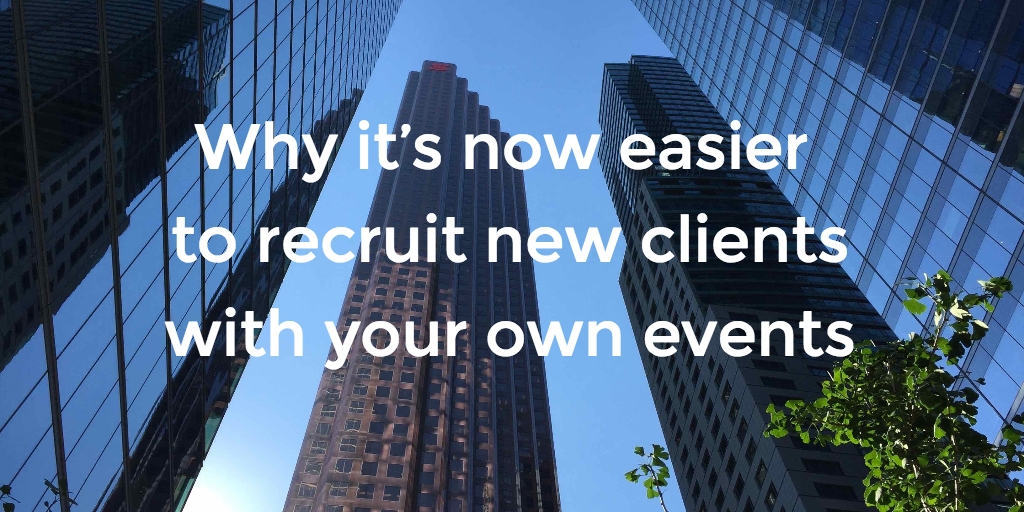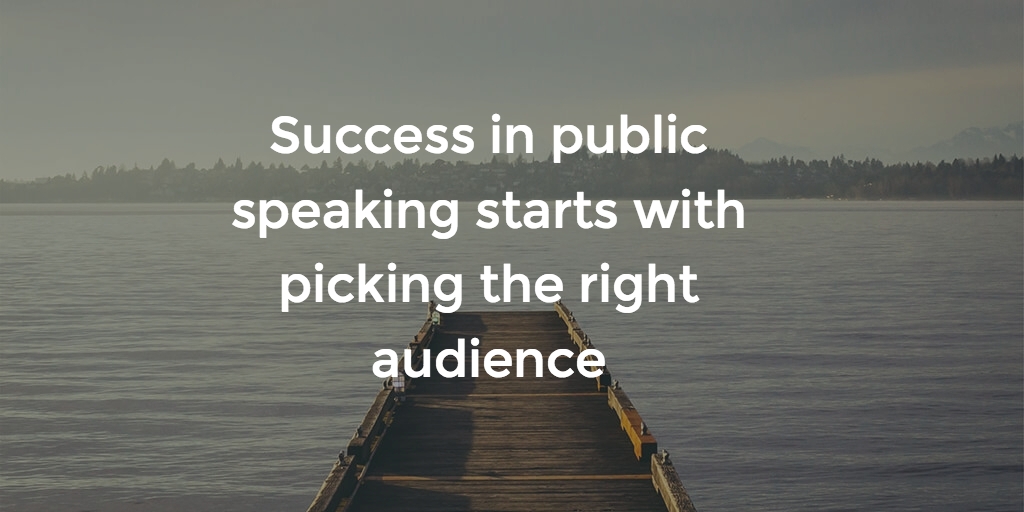Public speaking

How do you gauge the effectiveness of a presentation you’ve given? Some people might say it was a success if they got through the whole event without an anxiety attack, or if they finished on time, or if they got through all the points they planned to cover. They might say it was a success if there were a lot of people in the audience.

Public speaking can be a hassle. First, there are difficulties in getting the gig (more on that in post #30), you need to prepare a message and maybe the audio-visual to go with it, and there is travel time and expense. Plus, the fact that many business professionals fear and dislike speechifying so much that they would rather have a tooth extracted without anesthetic, than give a speech.

Your potential clients probably get a lot of emails they never read. They get a lot of calls that go to voice mail, which they don’t return. Their LinkedIn feed and Twitter are flooded of content they have no time for.
So how do you break through that clutter? By being where they’re already looking.
So how do you break through that clutter? By being where they’re already looking.

Public speaking remains one of the most effective ways to connect with potential clients, demonstrate the value you offer, and show that you’re someone that they would enjoy working with. Yet so many business professionals don’t get all their possible benefits from their public speaking program.
One reason is that they don’t pick the right audience.

If public speaking is a priority for you in reaching potential clients, every opportunity to be in front of the right audience is precious. You need to get your best results from each presentation. By “results” I mean:

